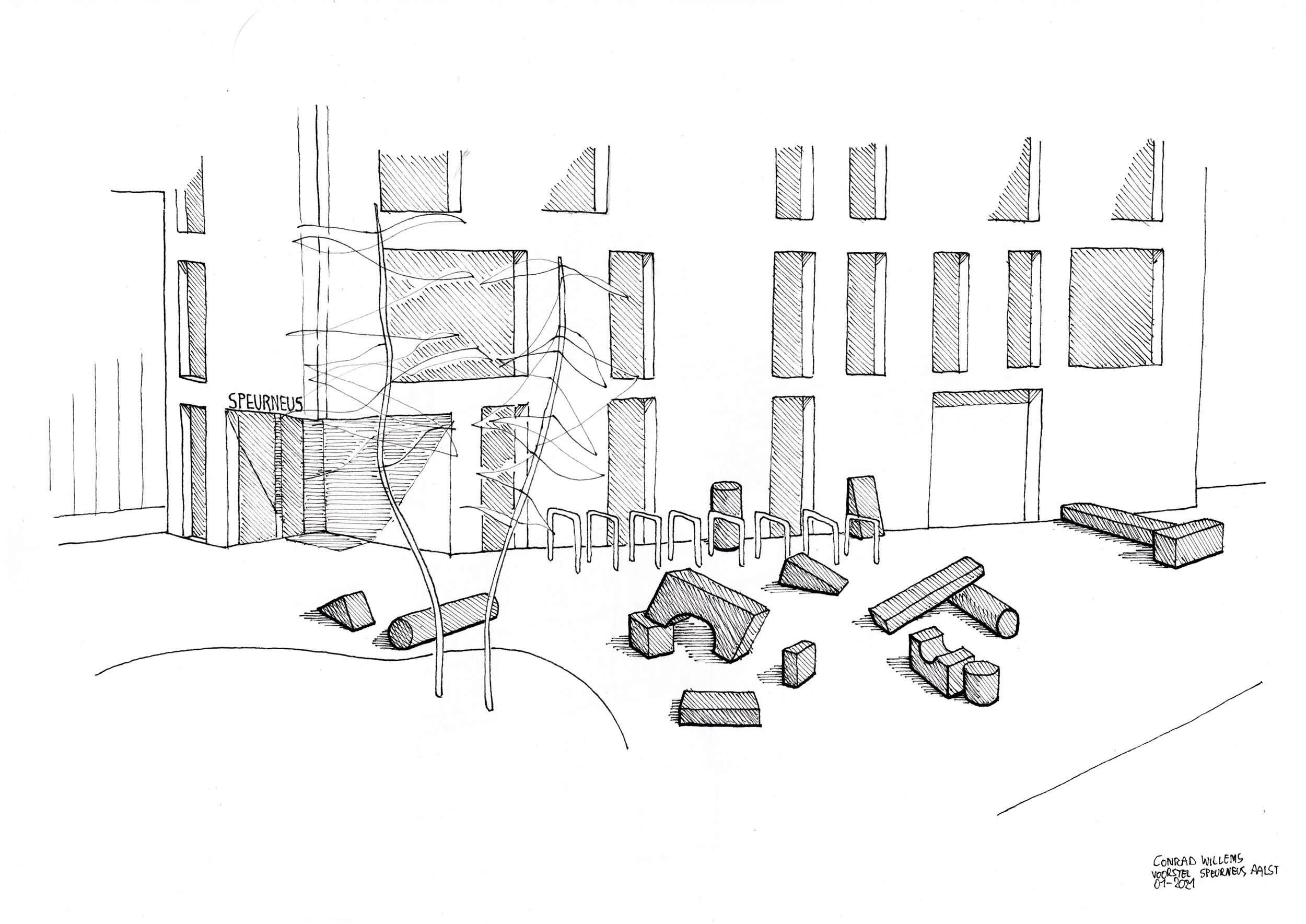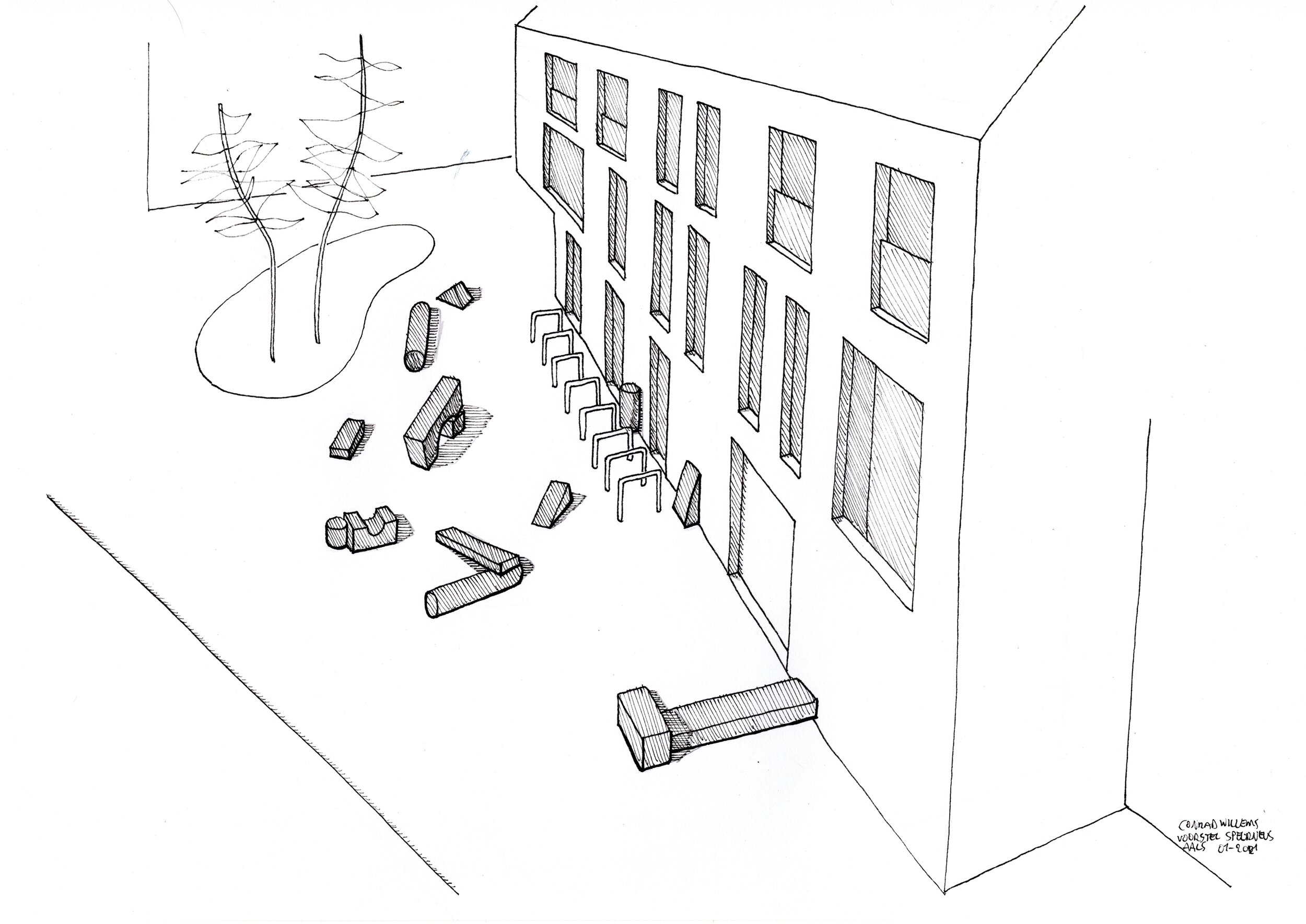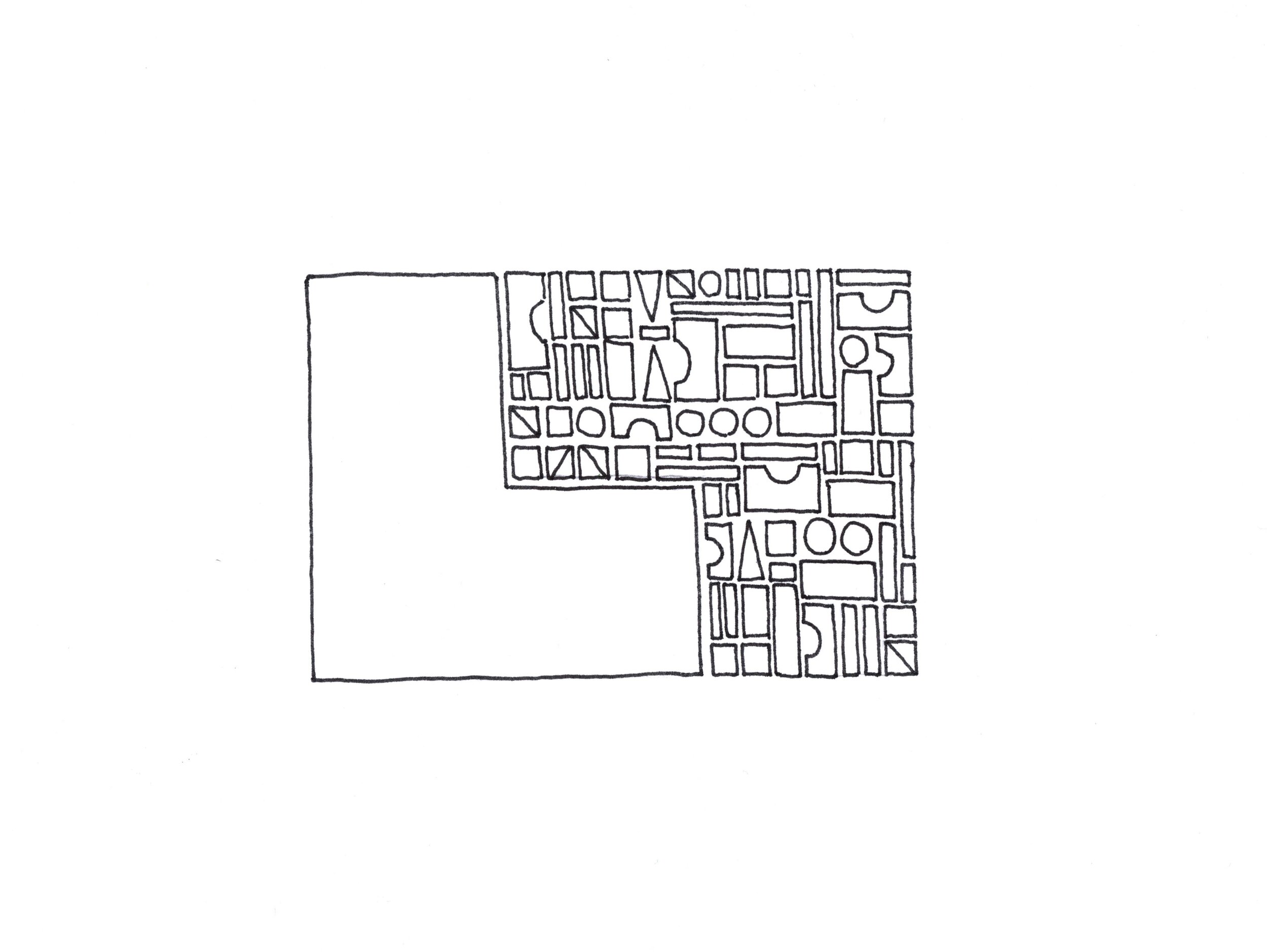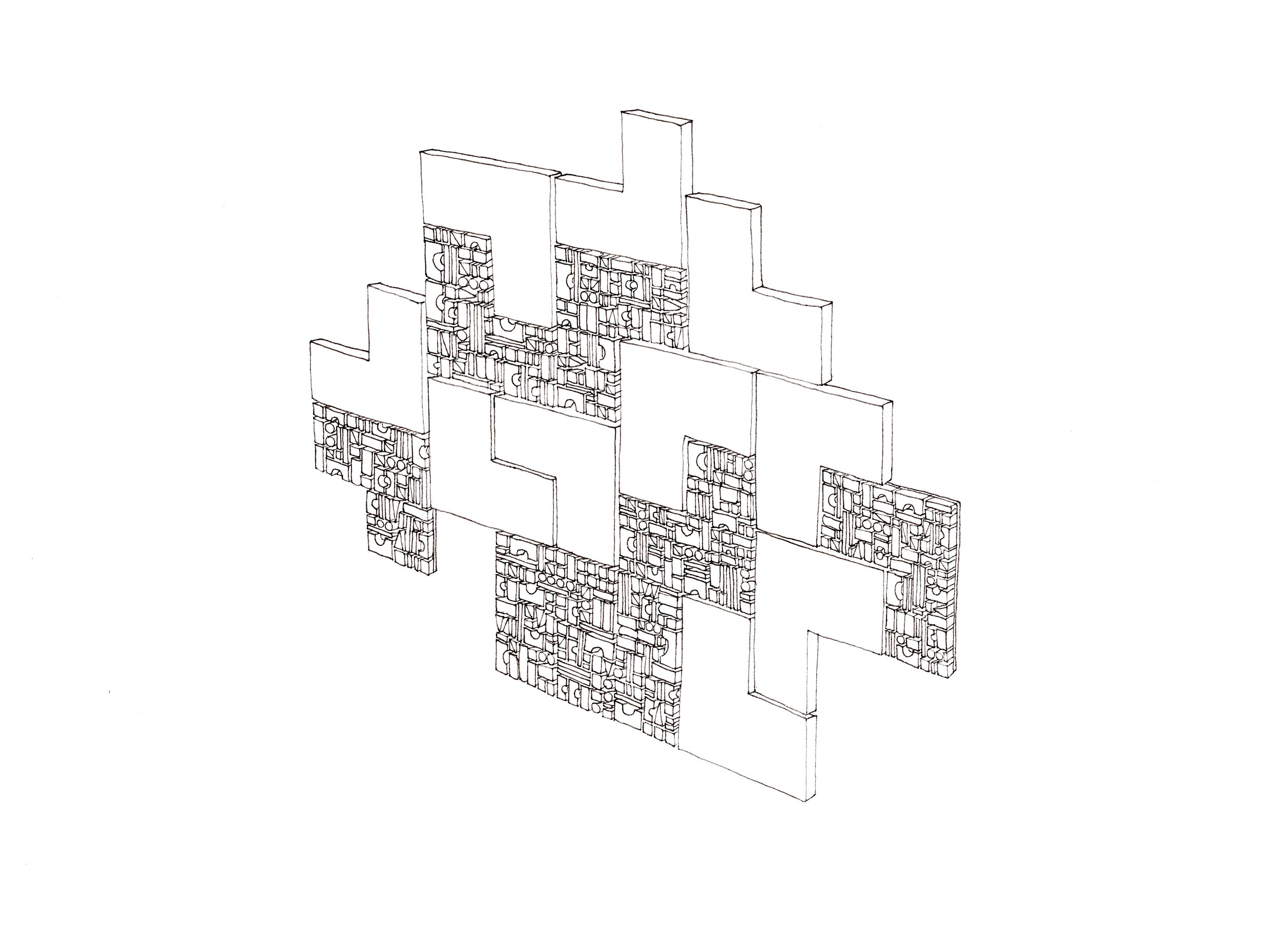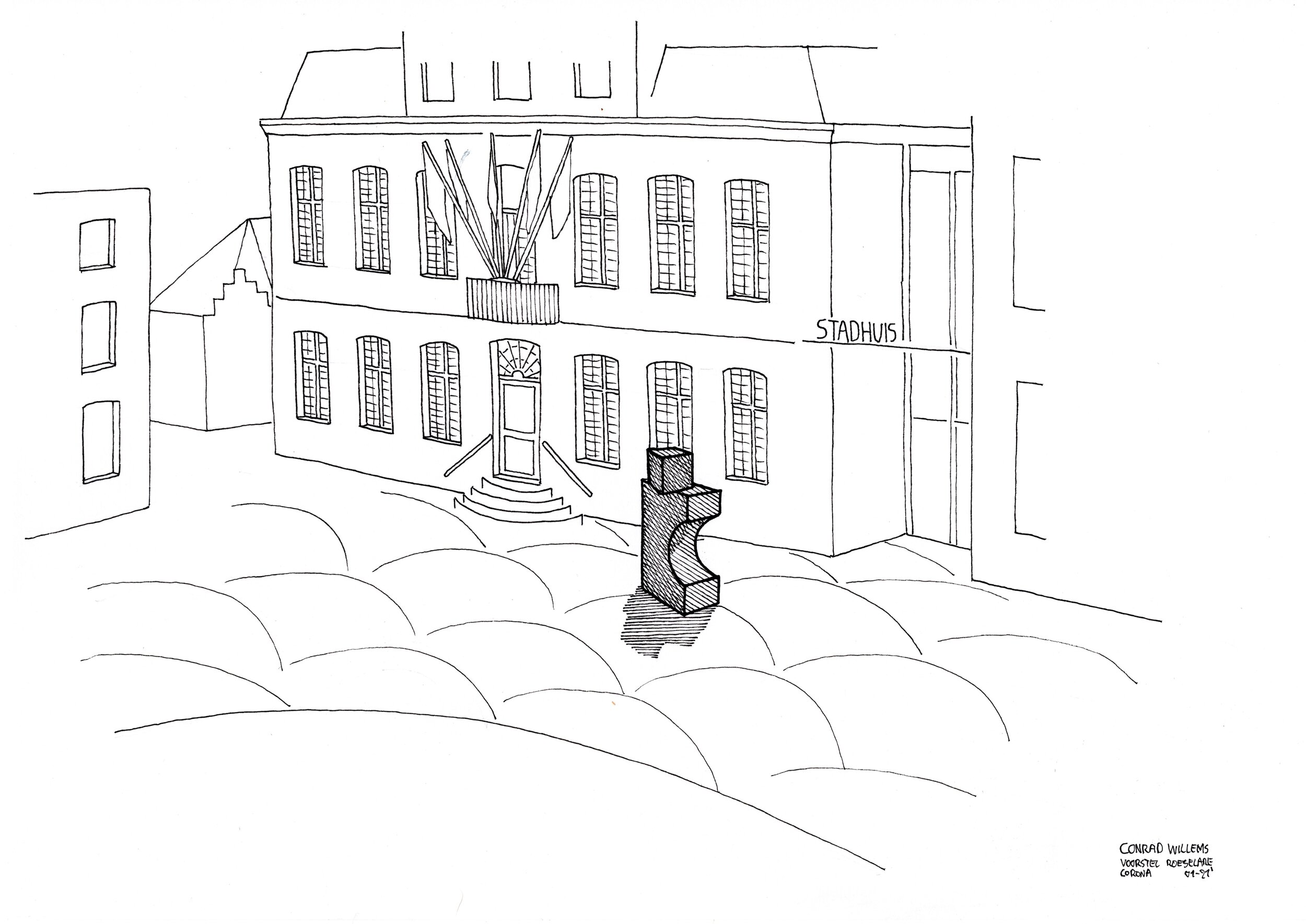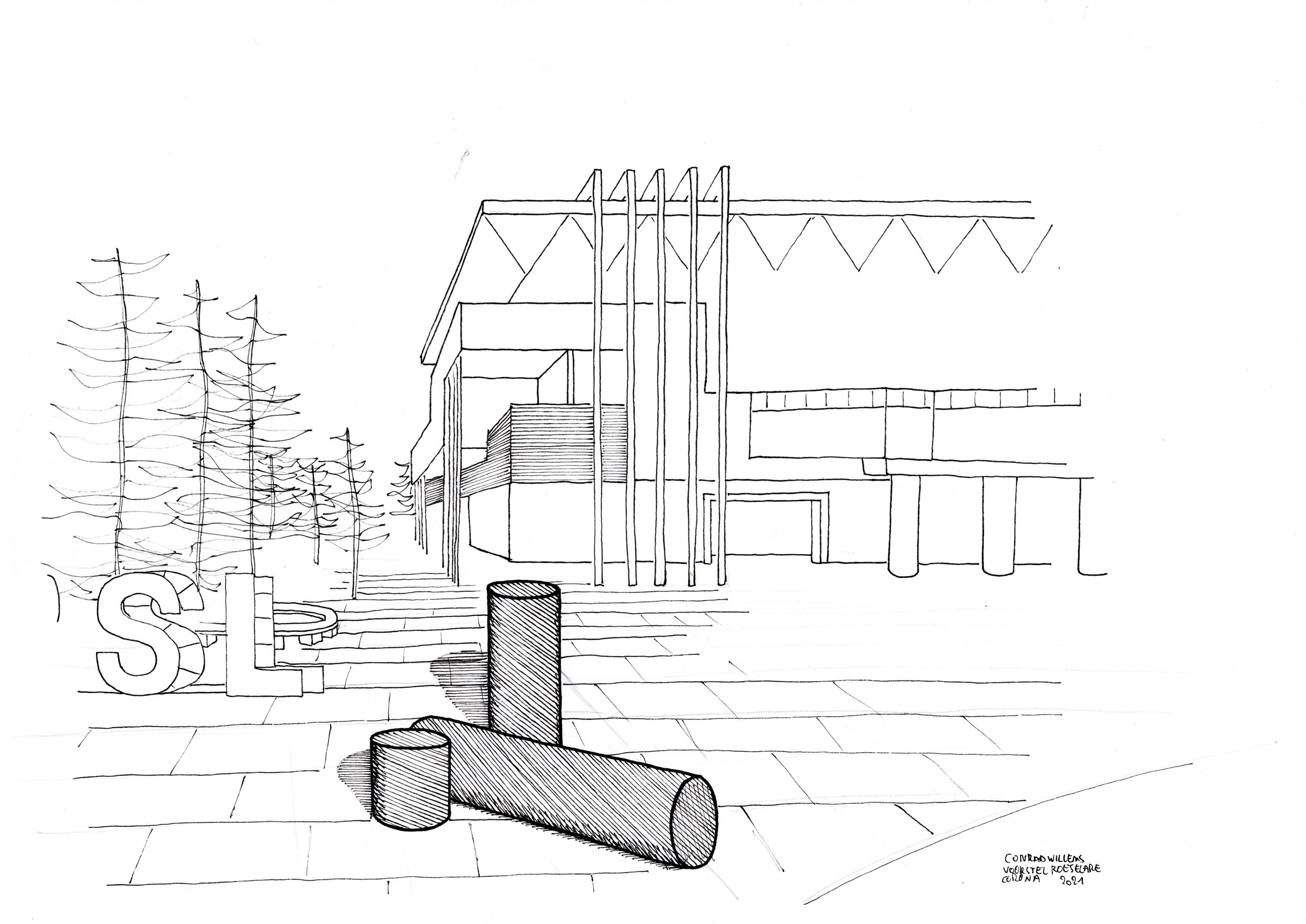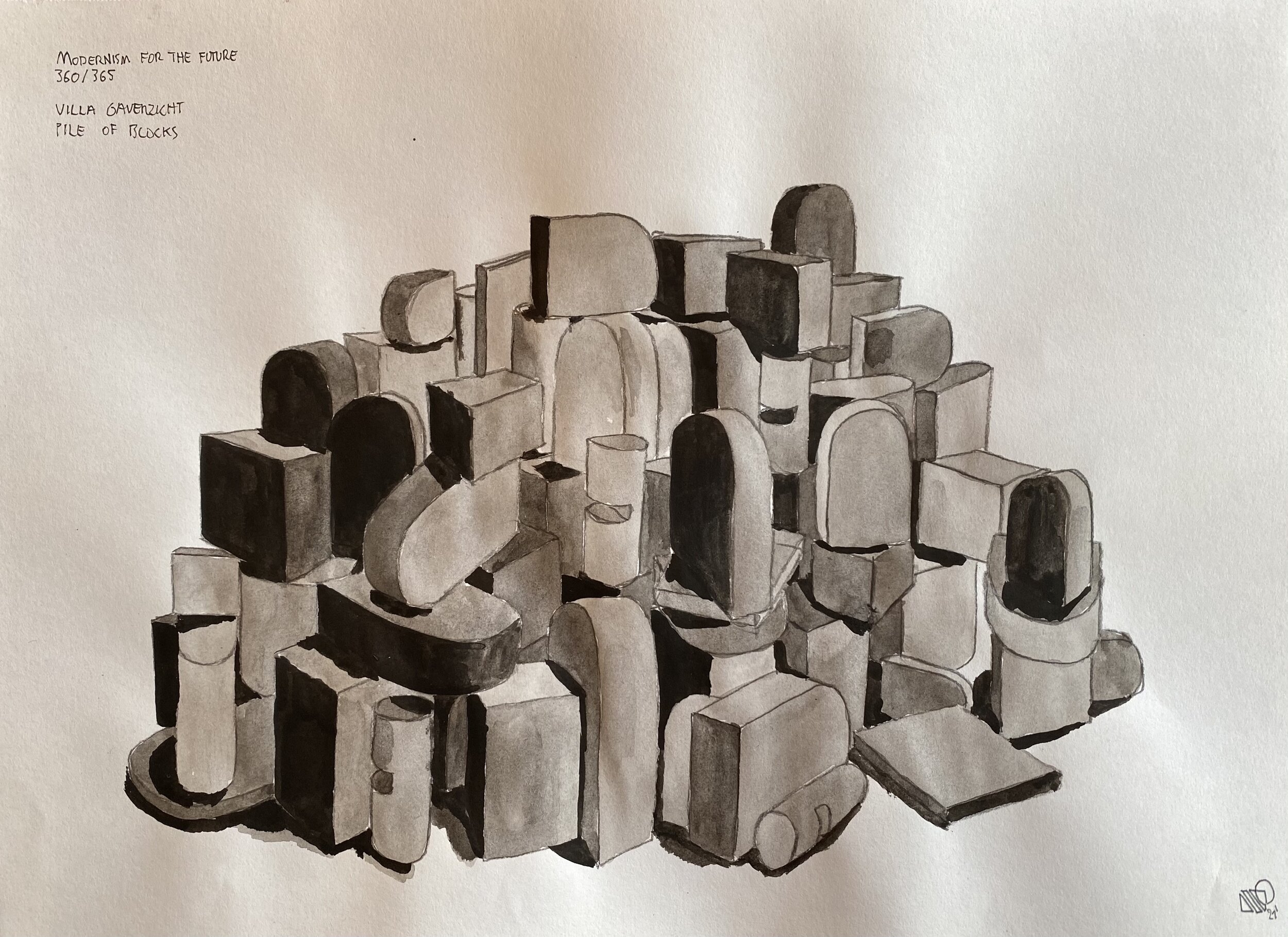Every now then, mostly within the timeframe of a year or two, I think to myself, I should participate more actively in art competitions - as now, I’m not participating at all. As you might know, winning such competitions could mean an agreeable financial reward or even everlasting fame.
So, last December (2020) was such a moment and I started vigorously looking for qualitative competitions. These could be dedicated art competitions or open calls for artists to present their work at a specific site - which could be a public city square, a hospital or even a bank, for instance.
A very important rule of thumb I use selecting a competition is that it has to be of high quality and that it doesn’t require an entry fee! These fees are very common and the majority of calls worldwide have this paywall installed - at least, that’s my impression. It’s usually presented as a way to cover the administrative costs of organizing the competition. However, some of them hardly conceal their objective to wheedle the money out of aspiring artists, while others have superbly designed professional websites where one will only discover there’s a payment needed after almost completing the whole registration process. The amounts charged can range from €10 to more than €100 and differ depending on the country of the contest or the number of artworks you wish to participate with. Some contests even offer early bird formulas and others charge less per artwork if you enter with more than one.
As I use this rule of thumb, the list of eligible competitions and prizes dwindles to a mere handful. And to be fully honest, I have participated in competitions where I had to pay a fee, but regard those decisions as those of a conned individual.
In a matter of 2 months I’ve participated in these 6 competitions:
CAW Oost Vlaanderen: Integration of an artwork for a new homeless shelter in Ghent.
BNP Paribas Fortis: Proposal for a new artwork for the newly built headquarters in Brussels
Intercommunale Leiedal: Modernism for the future, an artistic research project
Daycare centre De Speurneus: A new artwork for a new daycare centre
City Roeselare: A new artwork for the village inspired by the Covid Pandemic
Art contest Ernest Albert Mechelen: Sculpture contest (every four years)
I’m very happy to announce that I have won the CAW contest. I’ll be making my first large scale art integration project for Ghent later this year. I’ll give more information regarding this project in a different post. Of those 6 proposals, I’ve received 3 negative answers. The BNP Paribas and the Roeselare competition will be decided upon in the midst of April but I don’t hold high hopes on the outcome of both.
Although I count myself lucky to have won the CAW competition I’ve also taken some time to reflect upon the invested time in these competitions and the psychological impact the negative answers induced. Each of the applications made comprises multiple documents that are needed. Often it takes days to make these applications. They regularly comprise a portfolio, sketches, mockups, artist statement, a project proposal and a financial report. Some documents are easily recuperated and don’t need to be re-written each time you enter a competition. But the main volume of the application has to be done from the ground up every time. It’s the only way I feel it to be possible to make a quality proposal up to the high professional standards.
Moreover, every negative response I received from the contests stated above has been a standardized one. Names and addresses are changed for each non-selected candidate and send out. No explication on the reason why it’s been rejected. No effort whatsoever is done to explain to those who invested time, energy and money to participate why their proposal failed to convince them. They don’t just feel like a mere project failure, in a way, they also feel much like a personal failure.
It’s honestly hard to receive these negative answers and, even though I’m very happy I won one of them, it still leaves a bittersweet taste to know I’ve spent weeks behind my computer instead of working on projects in my studio. The psychological impact, for me, is not only one that makes you feel incapable but also makes you question every artistic decision you’ve made to comprise the proposal. And these artistic decisions come from your daily practice as an artist you’ve been developing over many years.
The organizers probably don’t realize the amount of effort those who participate put into their proposals. Nor do they realize the impact of these standardized rejections they send out.
So I conclude my thoughts with this. It’s time to forget about these competitions. But who knows, maybe in a couple of years - when I’ve forgotten enough of the arduous process - I’ll go at it again?
